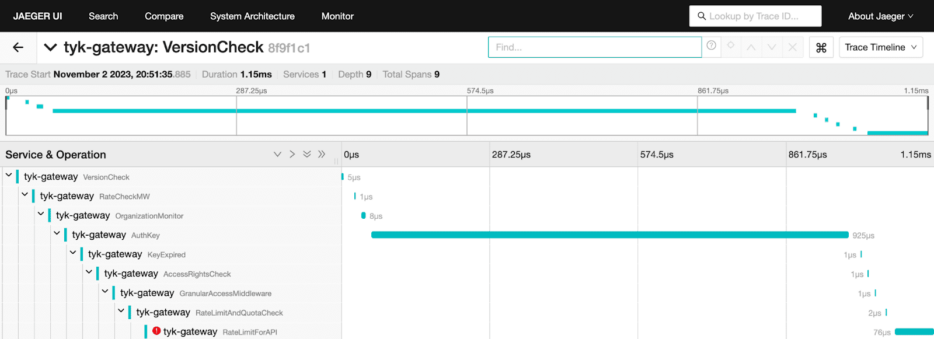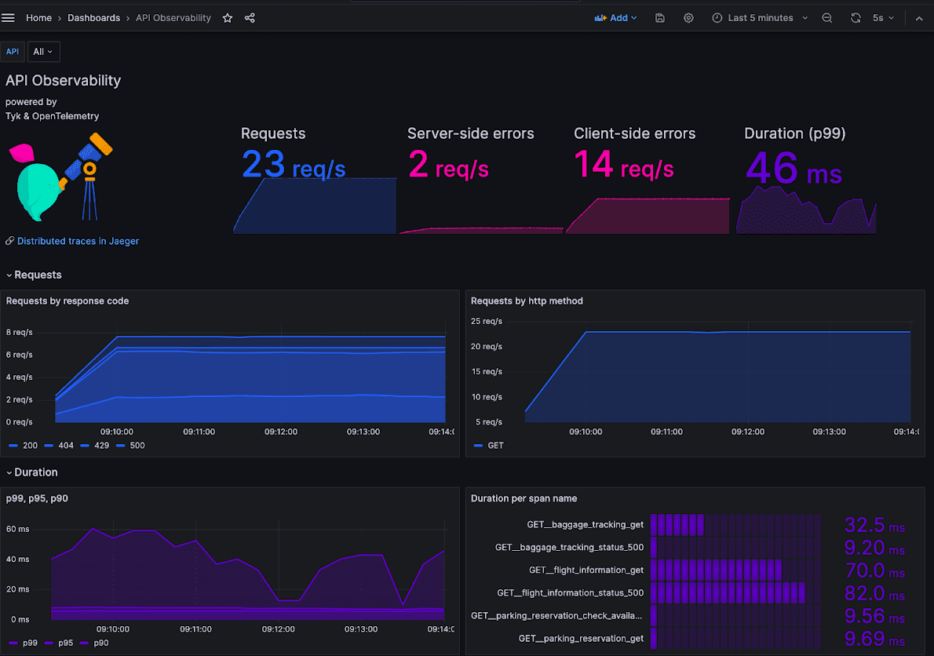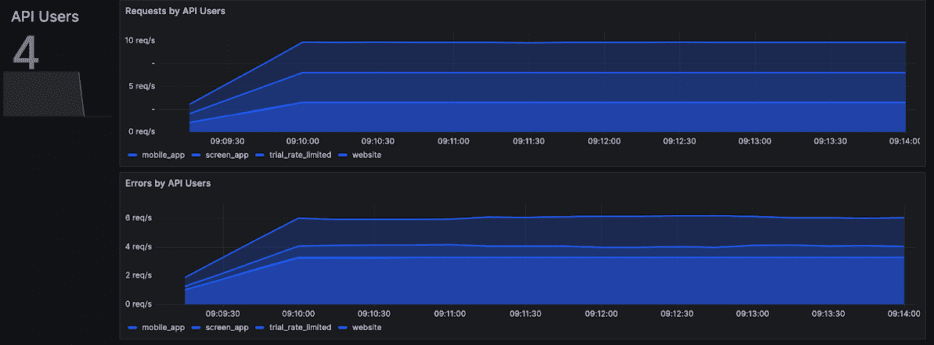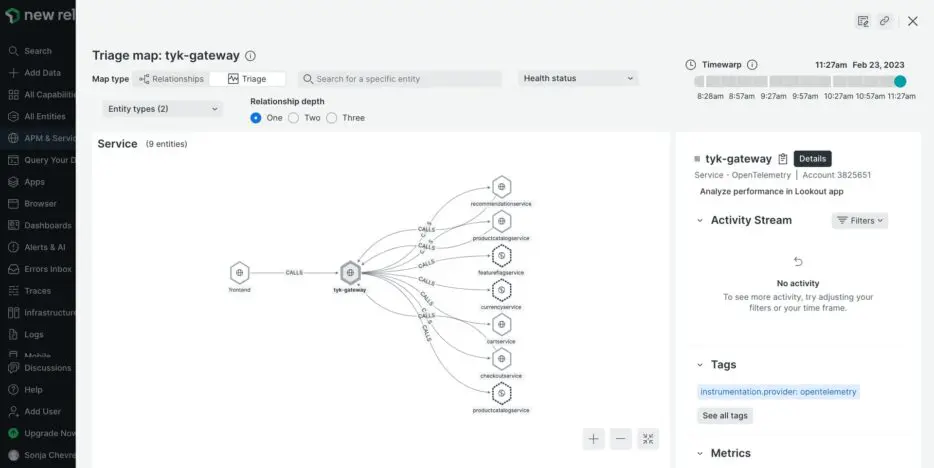In the fast-paced world of API management, ensuring seamless performance, reliability, and troubleshooting are essential for businesses to thrive. The widespread adoption of observability, mainly distributed tracing, transforms how we monitor and troubleshoot APIs. However, observability can also provide additional insights to help maintain control, security, and compliance in an organisation’s API ecosystem.
In this blog, we’ll explore the business value of observability for API teams, shedding light on how it enhances performance management, user experience and API governance.
Reducing mean time to recover (MTTR)
Quick response to API issues is vital to maintaining business operations. API observability enables organisations to swiftly detect and address problems, reducing downtime and minimising customer impact.
To achieve this, it’s essential to capture all user transactions comprehensively, even those that may not reach your microservices due to factors like rate-limiting rules, authentication issues, or caching mechanisms. Initiating distributed tracing at the API Gateway serves as a clear starting point, providing a holistic view of the entire user journey from when a request enters your system, making it a powerful approach for accelerating issue resolution and ensuring smooth operations.
One of our users had a performance issue with their APIs; they spent days searching for the root cause using access logs – is it the Gateway? Does it need more CPU? Is it a configuration issue? They enabled distributed tracing – and within seconds, they could see what was happening: all the time was spent in the authentication server issuing JWT tokens.
Effective observability allows you to concentrate on problem-solving instead of losing time trying to understand the root cause of the issue.
Legend: Example of a distributed trace in Jaeger showing an API request stopped at the API Gateway because the rate limit has been exceeded.
Supporting quicker value delivery
By embedding automated, actionable feedback throughout the API lifecycle, stakeholders are empowered with a fully transparent system that helps them identify issues in their API production and provides hits to take corrective actions.
Legend: Example Grafana dashboard displaying the health status of APIs providing feedback throughout the API lifecycle.
Enhancing quality for better user experience
API observability empowers engineers to proactively identify and rectify bugs, performance issues, and user experience problems during the development lifecycle. This leads to higher quality and more resilient systems.
You’re missing half the picture if you can’t understand how your users interact with your APIs. When developers integrate with your APIs, how long does it take them to make their first successful API call? What are typical errors slowing them down? Observability plays an essential role in surfacing insights to improve developer experience. Once your customers’ applications or services relying on your APIs are in production, can you track how your releases impacted their requests? Which version of your APIs are they using? What are the most popular endpoints? Are all customers getting the same performance? Same error rates?
Legend: Example Grafana charts tracking the user experience for the API consumers.
Understanding API dependencies
In the world of complex microservices architectures and serverless functions, understanding the interdependencies among systems is crucial for system design and incident management. API observability helps untangle these intricate ecosystems.
Companies often deal with variably documented, developed, and deployed APIs. Changes to one API can have cascading effects. Observability offers a higher-level understanding of ecosystem behaviours, facilitating quicker value delivery.
Legend: Visualising service dependencies: New Relic service map illustrating connections between front-end, API gateway, and services.
Start harnessing the power of API observability and distributed tracing today. Simply integrate OpenTelemetry with Tyk and configure your observability back-end to elevate your insights, streamline performance, and drive business value effortlessly.



